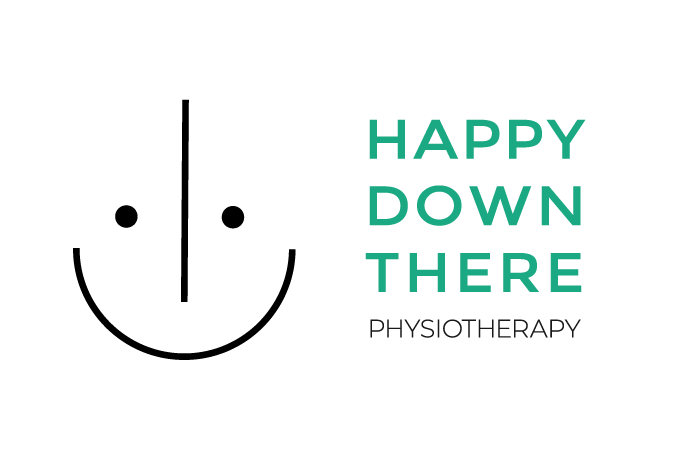How a Pelvic Health Physiotherapist works with Gender Diverse and Transgender People
I was twelve when I first thought that a person with a vagina was attractive. At the time, I was just so confused. Did this mean I was gay? Or didn’t it mean that my gender assigned at birth - female - wasn’t really who I was deep inside? Looking back, I wish I could tell that scared little me what I know now: Gender is a fluid thing, and it’s ever changing across a spectrum. If my gender identity is anything, it’s that it’s consistently evolving.
And that’s why I’ve always been so passionate about working with people who are gender diverse or transgender: because it’s my own experience too. I got my start in pelvic health physiotherapy because of my own struggle with persistent pelvic pain, and inability to have penetrative sex because of it. I had two years of intense physiotherapy to overcome the cause of this (vulvodynia, if we’re being technical). I then had my daughter, followed by an abortion, all while trying to figure out what it means to raise a child with a fluid mind in a constantly shifting society. I knew firsthand what it’s like to be a pregnant person (and then a parent) when you don’t necessarily tick all the traditional boxes of what someone expecting a child looks like (or feels like.)
That led me to New York’s Mount Sinai Hospital, where I took a course that specialised in physiotherapy care for gender diverse and transgender population, including those individuals who have chosen gender affirmation surgeries. I gained skills in educating clients about packing, tucking, and binding in a healthy manner. I learned about how collaborative care between medical staff and rehabilitation staff was essential to a successful recovery. I learned about how intense the preparation for the surgeries were and how much care goes into the surgery to ensure muscles, nerves and all tissues are placed to provide an individual undergoing a gender affirmation surgery. To say I was inspired is an understatement. Fast forward to now, and I work with gender diverse and transgender people on a regular basis. It’s incredibly fulfilling, and I do my best to provide all patients of all genders with a safe space.
But even after all that education (an ongoing thing for me, by the way), I still want to learn more. That’s why my next step will be deep-diving into post-operative rehabilitation care and how it benefits people who undergo gender affirmation surgery and persistent pelvic pain. I want to learn more about how a biopsychosocialsexual approach is vital to care, which basically means: Don’t think about just the body but the whole person and how rehabilitation is not just about working at the tissue level but thinking about how the emotions, thoughts, memories, which all work at the tissue level too. It’s truly fascinating to me and I intend to continue to work with people of all genders and provide them with the best care.
In case you missed it: I now have space at the Strathcona Midwifery Collective, and I can’t wait to make these new connections in collaborative care for all folks.
